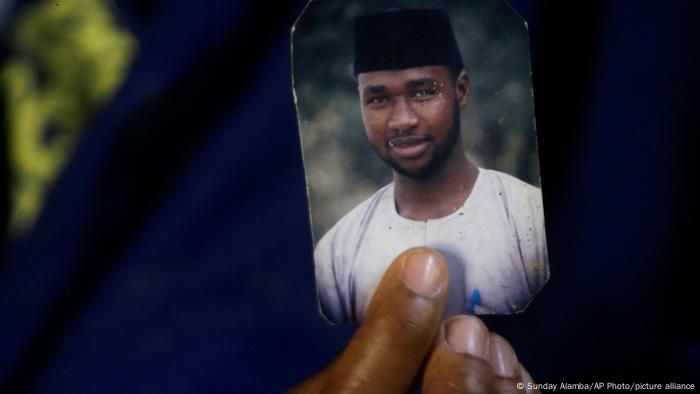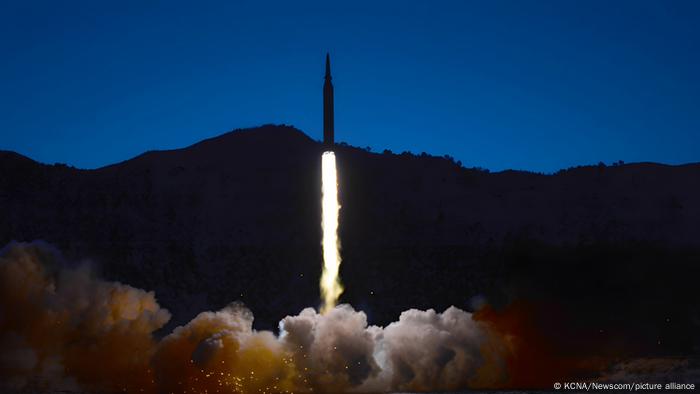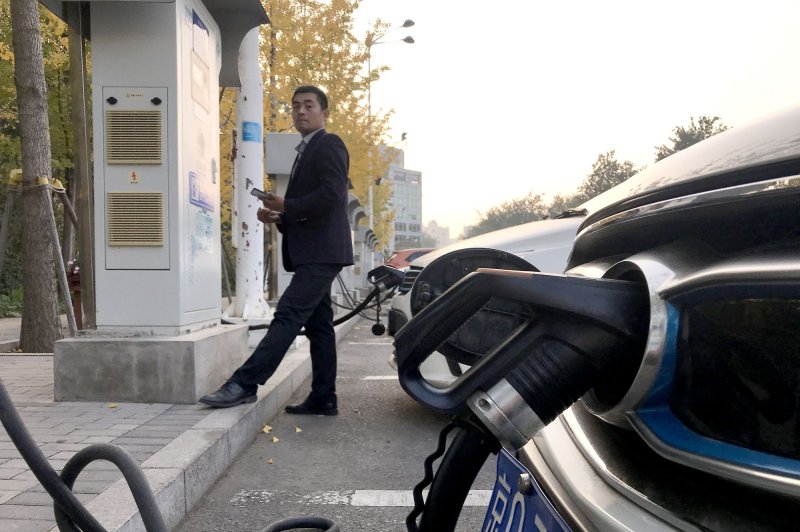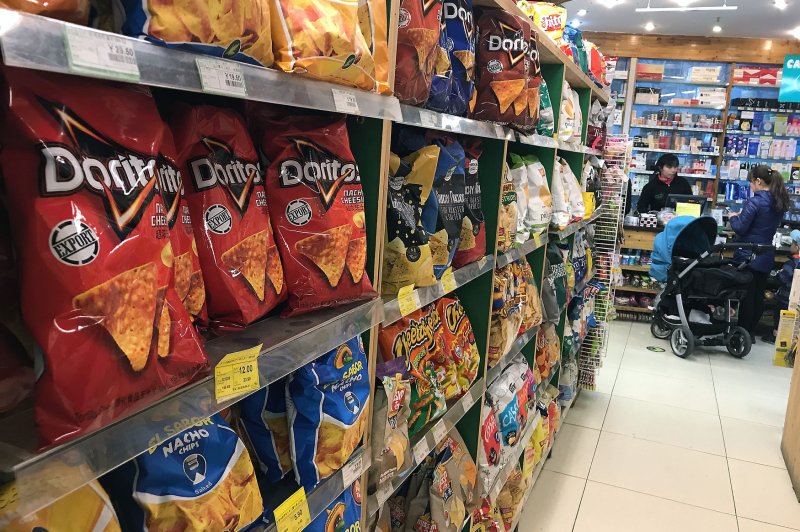Peru suspends Lima curfew
Peruvian President Pedro Castillo has ended a curfew in two Peruvian cities seven hours earlier than previously announced. The curfew was imposed amid mass protests sparked by skyrocketing fuel and fertilizer costs.

Authorities say the protests have caused roadblocks and 'acts of violence'
Peruvian President Pedro Castillo announced the end of the a curfew in the capital city, Lima, and the port city of Callao seven hours earlier than expected.
"I would like to announce that, as of this moment, we are overtuning the curfew," Castillo said, while urging Peruvians stay calm amid protests.
Following the announcement, Peru's interior ministry released a statement calling on citizens to protest "peacefully" and to avoid "disturbing public order."
Why did Castillo impose a curfew?
Peru's Castillo had on Tuesday imposed a curfew in the two cities in an attempt to curb ongoing protests in the country.
People have been demonstrating against rising fuel and fertilizer costs brought on by Russia's invasion of Ukraine.
Authorities said the protests have erected roadblocks and carried out "acts of violence," as toll booths were burned, shops were looted, and some demonstrators clashed with the police.
Protesters had also set fire to tires and blocked the Pan-American Highway, Peru's most important north-south transport and traffic route.
At least four people have been killed, the government said.
In a televised speech, Castillo said that "in view of the acts of violence" a "declaration of citizen immobility" would last from from 2:00 a.m. to 11:59 p.m. on Tuesday, April 5.
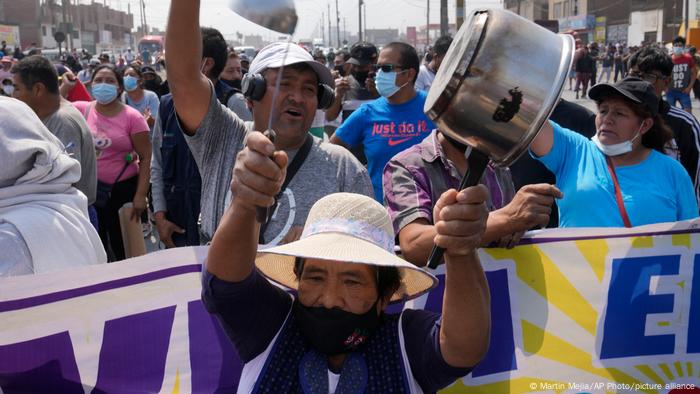
Peru is also experiencing increased food prices
Peru is currently also experiencing a rise in food prices. It has issued an emergency declaration for its agricultural sector due to the rising fertilizer prices.
What sparked the protests?
Over the weekend, Peru's government announced it would remove a fuel tax. However, protests continued on Monday, with truckers and passenger carrier drivers demonstrating on the streets in Lima and some regions in the north.
Castillo also issued a decree approving a 10% increase in the monthly minimum wage.
However, the General Confederation of Peruvian Workers, a union, said the hike was insufficient. The organization has called for another protest march on Thursday.
Peru has been struggling with a longtime economic crisis. In March, inflation hit a 26-year high, driven by rising fuel and food prices.
The protests pose a new challenge to Castillo, who survived a second impeachment attempt by Congress last month during his eight-month tenure.
tg, sdi/wmr (AFP, Reuters)
